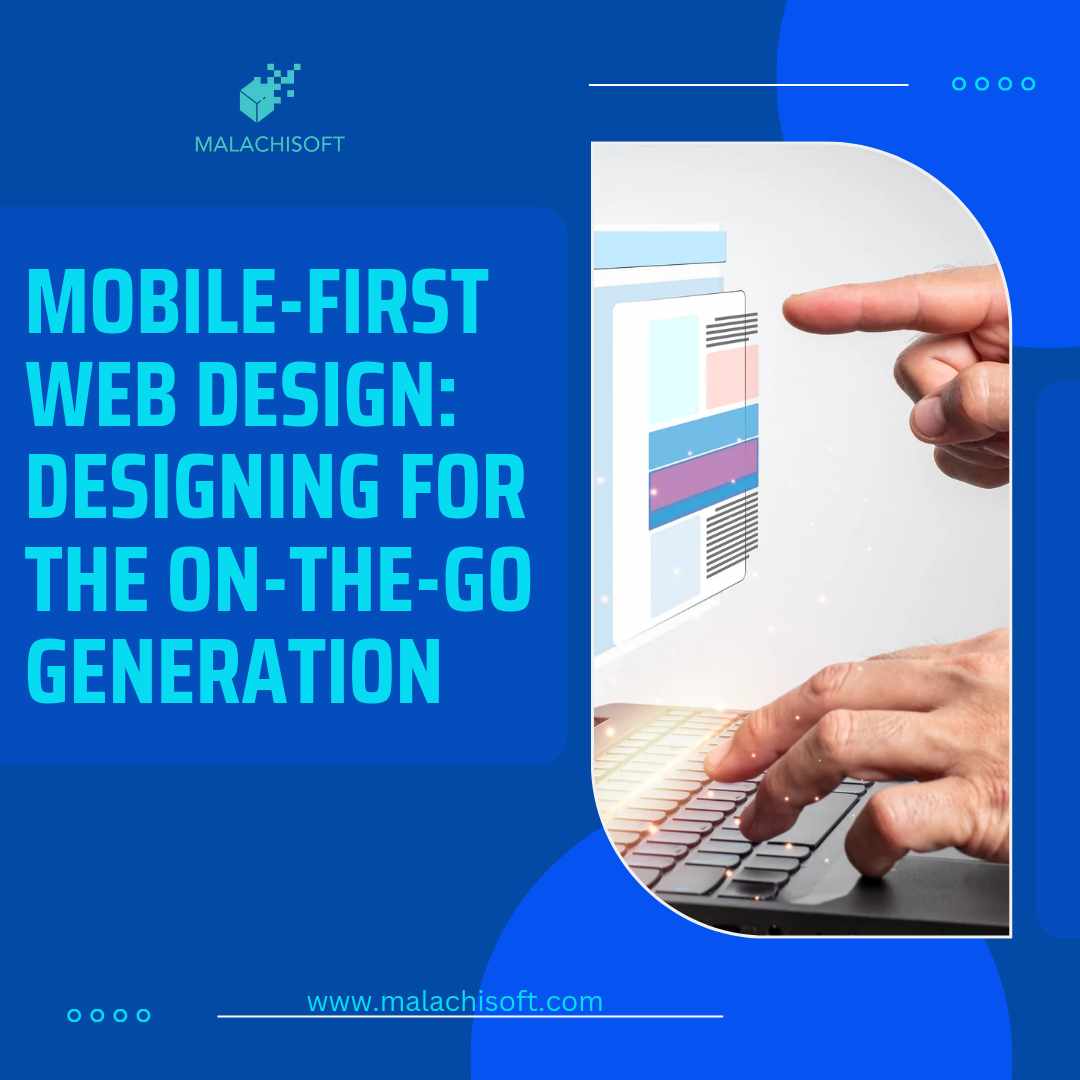In an era dominated by smartphones and tablets, our lives have become increasingly mobile. The way we access and interact with the internet has evolved significantly, with mobile devices taking the lead. As a result, web design has also adapted to this shift, giving rise to the concept of “Mobile-First” design. In this blog, we’ll explore the significance of Mobile-First web design and why it’s essential in catering to the on-the-go generation.
The Rise of Mobile Usage
The statistics speak for themselves: more than 50% of global internet traffic now comes from mobile devices. This trend is only expected to continue growing. Our daily activities, from shopping to socializing, rely heavily on the convenience of mobile devices. As a result, designing for mobile-first is no longer a trend; it’s a necessity.
What Is Mobile-First Web Design?
Mobile-First web design is a design approach that prioritizes the mobile user experience above all else. It involves creating a website or web application with mobile devices in mind from the outset, rather than designing for desktop and adapting to smaller screens later. This approach fundamentally shifts the design process, focusing on the needs and constraints of mobile users.
Benefits of Mobile-First Web Design
1. Improved User Experience:
By designing for mobile-first, you ensure that your website is optimized for smaller screens, touch navigation, and mobile-specific interactions. This leads to a seamless and enjoyable experience for mobile users.
2. Faster Loading Times:
Mobile-first design encourages optimizing images, code, and content for mobile devices, resulting in faster loading times. This is crucial in a world where users have little patience for slow-loading websites.
3. Better SEO Performance:
Google prioritizes mobile-friendly websites in its search rankings. Mobile-First design can improve your website’s search engine optimization (SEO) and visibility.
4. Adaptability:
When you design for mobile-first, you establish a strong foundation that can easily scale up to larger screens. This adaptability is essential in a multi-device world.
5. Cost-Efficiency:
Mobile-First design can save you time and resources. Instead of retrofitting a desktop design for mobile, you build a design that naturally fits all devices.
Key Principles of Mobile-First Design
1. Simplicity:
Keep the design clean and uncluttered. Mobile screens have limited space, so prioritize essential content and features.
2. Thumb-Friendly Design:
Consider how users interact with touch screens. Place important elements within easy reach of the thumb.
3. Responsive Layouts:
Use responsive design techniques to ensure your website adapts gracefully to various screen sizes.
4. Optimized Content:
Streamline your content to make it concise and engaging. Use shorter paragraphs and legible fonts.
5. Progressive Enhancement:
Start with a solid foundation for mobile and gradually enhance the experience for larger screens. This ensures a consistent experience across all devices.
Mobile-First web design is not a passing trend but a fundamental shift in the way we approach web design. It acknowledges the dominance of mobile devices in our lives and aims to provide the best possible user experience in this context. By embracing Mobile-First design principles, you can ensure that your website is not just accessible but delightful to the on-the-go generation. In a world where users demand instant access to information and services, designing with mobile in mind is the key to staying relevant and competitive in the digital landscape.
